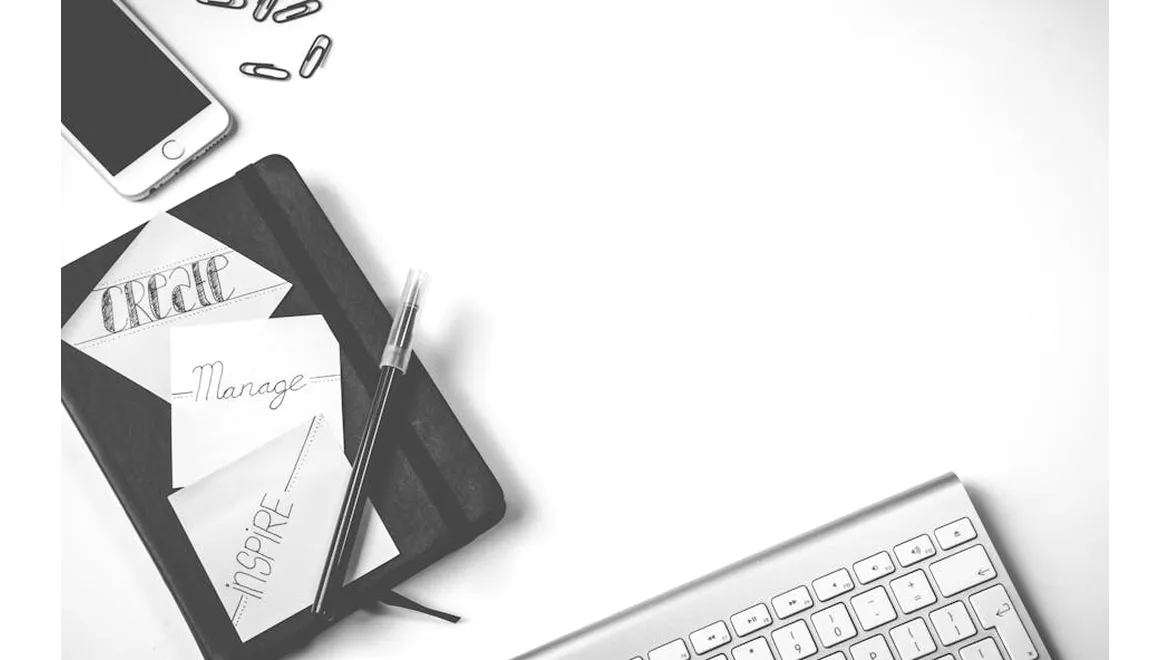Right, let’s talk shop. For months, I’ve been knee-deep in the world of Facebook Messenger bots, specifically exploring how they can revolutionise the shopping experience. Not just making it easier, but truly personalized. I’m talking about moving beyond simply selling to customers and starting to serve with them. It’s a game-changer. I’m going to walk you through what I’ve learned, and hopefully, you can replicate the process and fully understand the concept.
Understanding the Lay of the Land:
First things first, before diving into the technicalities, you need to really know your target audience. This isn’t a superficial ‘age range and location’ exercise. We’re talking deep dives. What are their pain points? What are their aspirations? What kind of language do they use online? Which Facebook groups do they frequent? Tools like Facebook Audience Insights can be incredibly helpful here.
For example, if you’re selling ethically sourced coffee, you need to understand the motivations of your target market: environmental consciousness, fair trade principles, a desire for premium products. Knowing this allows you to tailor the entire bot experience, from the initial greeting to the product recommendations. This information is crucial for creating engaging, relevant interactions within the Messenger bot.
Crafting the Conversational Flow:
Next, it’s all about the conversational flow. Forget rigid, robotic responses. Think human. Picture your ideal customer walking into your shop. What would you say? How would you guide them? Your bot should mimic this.
The initial greeting is crucial. Instead of a generic ‘Welcome!’, try something like ‘Hey [customer name]! Ready to find your perfect brew?’. It’s instantly more engaging. Then, offer clear, concise options: ‘Browse coffee types’, ‘Learn about our ethical sourcing’, ‘Ask a question’.
Each option should lead to a logical next step. If they choose ‘Browse coffee types’, you might present a carousel of different blends with descriptions and images. Make sure to include clear call-to-actions: ‘View details’, ‘Add to basket’. Remember that the bot is a conversation, you should design it to simulate a genuine interaction with someone.
Personalization Power-Ups:
This is where the magic happens. The key to a truly personalized experience lies in leveraging data. Track customer preferences (coffee types they’ve viewed, past purchases, saved items) and use this information to provide tailored recommendations.
Imagine a customer who frequently buys dark roast coffee. The bot could automatically suggest new dark roast blends or offer a discount on their favourite brand. Or, if a customer adds an item to their basket but doesn’t complete the purchase, the bot could send a gentle reminder with a special offer. I found the Facebook Pixel particularly valuable here; it gives you a great overview of customer actions.
The Seamless Purchase:
The ultimate goal is to make purchasing as seamless as possible. Integrate a secure payment gateway directly into the bot. This allows customers to complete their purchase without ever leaving the Messenger app. I recommend using tested and trusted third-party options at this stage.
Offer various payment options and provide clear confirmation messages. After the purchase, the bot can send order updates and tracking information. This is a chance to build trust and solidify the customer relationship. Make sure all transactions are encrypted for optimum security.
Boosting Engagement:
Engagement is key to keeping your bot active and valuable. Run contests and giveaways through the bot. Offer exclusive discounts to Messenger subscribers. Regularly update the bot with new products and content. I tried using emojis appropriately, and I found that this improved engagement.
Also, make sure your bot is equipped to handle frequently asked questions. This not only saves time but also provides instant support to customers. The more valuable and engaging your bot is, the more likely customers are to use it.
Considerations:
Don’t spam your audience. Use the bot for genuine value, not relentless promotion. Comply with Facebook’s Messenger platform policies. Don’t collect unnecessary data. Ensure customer privacy. Be transparent about how you’re using their data. Finally, thoroughly test your bot before launch. Get feedback from beta testers. Iron out any kinks before unleashing it on the world.
Building a successful Messenger bot for personalized shopping is a multifaceted process. It involves understanding your audience, crafting a compelling conversational flow, leveraging data for personalization, ensuring a seamless purchase experience, and constantly engaging your audience. By considering these aspects, you can create a bot that not only drives sales but also builds lasting customer relationships. You build bridges, not barriers.











